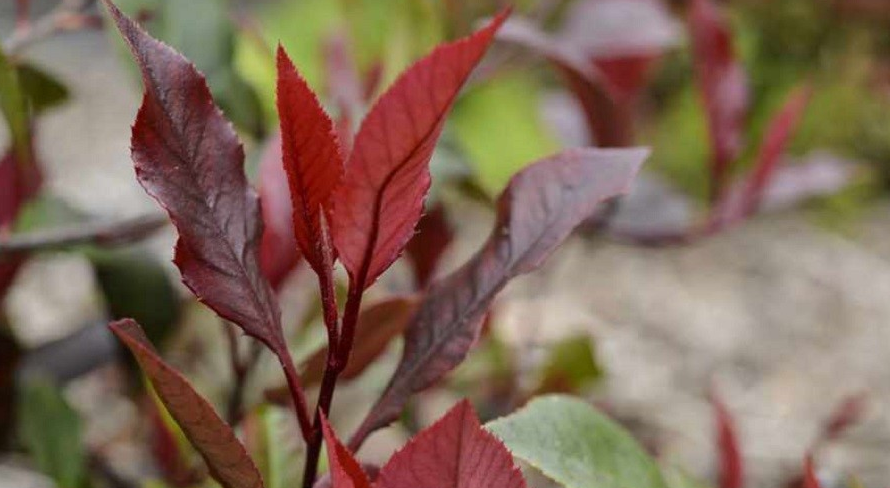Table of Contents
A vibrant shrub that effortlessly brings elegance and sophistication to your garden is known as Photonia Red Robin. The red foliage plant is considered the top choice among gardeners since it has many medical benefits and is also super easy to maintain. However, it might not be the top choice for pet gardeners.
In this comprehensive guide, we will explore the potential danger that is related to this plant and also debunk every myth that has been doing rounds for decades.
Join us as we reveal that exact time to let you know when to prune Red Robin and simultaneously know the characteristics of this plant species to make your mind worry-free.
Controversy Related to Photinia Red Plant
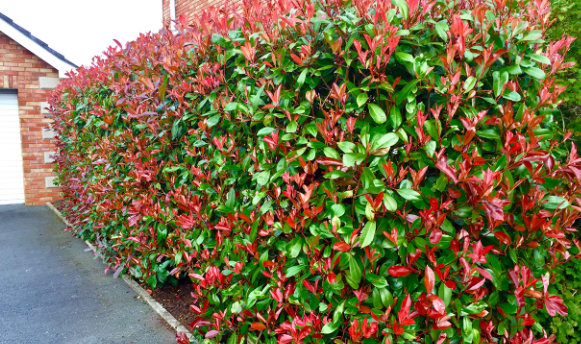
Photinia Red Robin is considered a popular plant that is known for its stunning red foliage. The addition of these plants in your outdoor garden ensures that your serious farmer wants to level up your outdoor landscape by increasing its visual appeal. Though this plant has various medical benefits, some studies show that it may not be suitable for your furry friend
Top Benefits of Photinia Red Robin
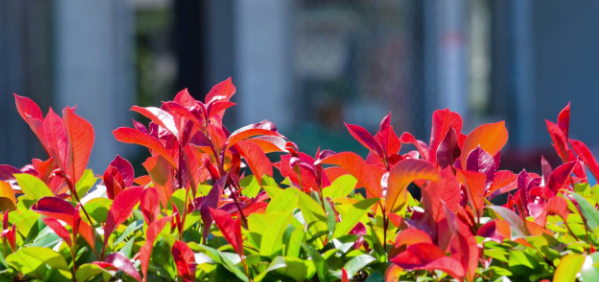
Most gardeners have this must-have plant in their outdoor landscape since it has many benefits. Some of the best ones are stated as follows :
- The plant grows really fast. So you don’t have to wait months to see its proper bloom. This allows the plant to make your garden have an aesthetic appeal since they grow in vibrant colors and also creates a privacy barrier for your garden
- The ease of maintenance is probably the top reason why most gardeners prefer them in their gardens. There are no specific soil conditions that are needed for this plant as they thrive in growth in any soil conditions. In addition, they grow perfectly in low and bright light
- There is flower production and fruit production with this type of plant. During the spring, they produce white flowers, and during the fall, they produce red cherries that bring natural wildlife to your garden
- Air quality is vastly improved when this type of plant is incorporated into your garden. All the excess carbon dioxide is eliminated, and fresh oxygen is produced. Doing this will make your outdoor environment healthy
- This is called a showstopper plant because it produces striking color contrast. As they come with red leaves, it beautifully complements the green leaves of other plants surrounding your garden.
Is Photinia Red Robin Highly Toxic?
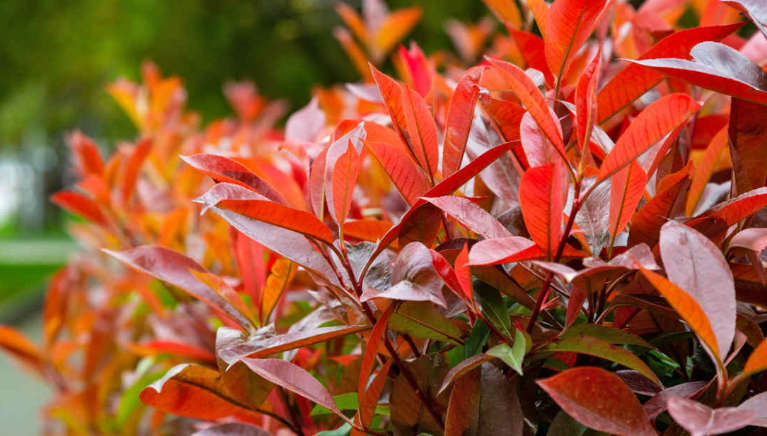
Studies reveal that this plant is not all highly toxic. However, there are some ingredients present in the plant that state otherwise. The leaves of this plant have a very limited amount of toxins known as cyanogenic glycosides. When chewed or crushed, they can release cyanide in your pet’s body. Pets specialists have reported that it’s unlikely that any pet will digest large quantities of this plant since the plant tastes extremely bitter.
Symptoms that Signal that Your Pet Has Consumed the Plant
If you see that your pet is constantly drooling and having repeated episodes of vomiting, then it’s a clear indication that your pet has consumed the plant. Some other serious symptoms are breathing difficulties and diaharera
How to Make Your Garden Pet-Friendly

- Supervision: Always monitor your dog if you take it to the garden. Keep a constant eye on what it feeds while they are present in the garden. Prevent them from chewing this mild toxic plant that may be present in your garden
- Training: If you don’t want the find to train your dog properly. Select a professional trainer. A trainer would ensure that your dog avoids certain areas of the garden every time they are present there. Trainers teach boundaries
- Detterents: Your dog can chew plants if they taste bitter. Though this plant species is naturally bitter your dog may be an exception. In such cases, use deterrents like apple pray to make it taste more bitter
- Knowing your plants: Some of the plants that don’t stand as pet-friendly are Red Cordyline, Photonia Red, foxglove, oleander, and Azaleas. Knowing your garden and where you have placed it would prevent your pet from eating these
- Health checkups and horticulturist: A regular health checkup with the veteran will ensure that your dog doesn’t have any diseases present inside its body, and regular consultation with the horticulturist will let you know the pet safety plants that are needed in your garden.
Top Alternatives of Photinia Red Robin
If you are really paranoid that your dog will chew or eat this plant species despite close monitoring and creating a pet-safety environment, these are the top 3 alternatives that you can use instead of this plant.
1. Marigolds
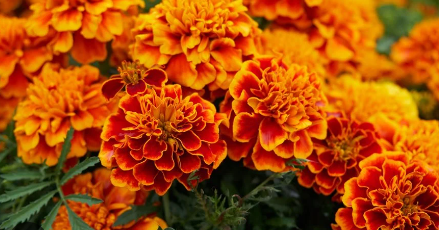
Scientifically known as Tagetes spp. These are called annual flowers that make your garden appear gorgeous. They are extremely safe to eat and chew since they have no toxic ingredients present in them.
2. Sunflowers
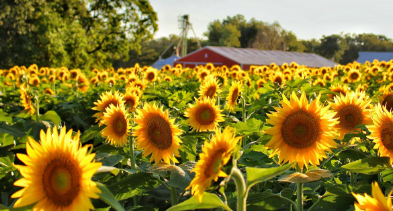
They are not only safe to consume for your furry friend but also add a touch of vibrancy to your garden. They are flowers that have good height and have been known to attract various kinds of natural wildlife inside your garden. Scientific name Helianthus Annus.
3. Snapdragons
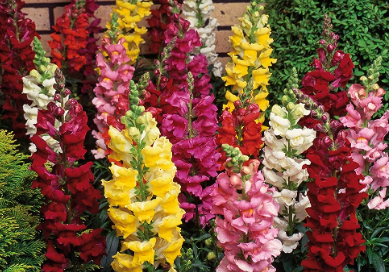
These flowers are known to provide positive energy inside your garden. Since they come in different colors like yellow and orange. These are colors that symbolize good luck and good energy
Final Takeaway
With all the information provided above, it is safe to say that this plant species is not highly toxic to dogs. Yes, some ingredients might give your friend health issues. The chances that your pet would consume this plant are extremely low since it tastes bitter. Pets usually don’t chew plants that don’t suit their taste buds.
But we understand why you might be worried about your pet consuming this robin plant. Its always safe to have plants or trees in your garden which doesn’t affect the health of your pets in any way. We hope this article provides you with all the beneficial information for making an informed choice.

